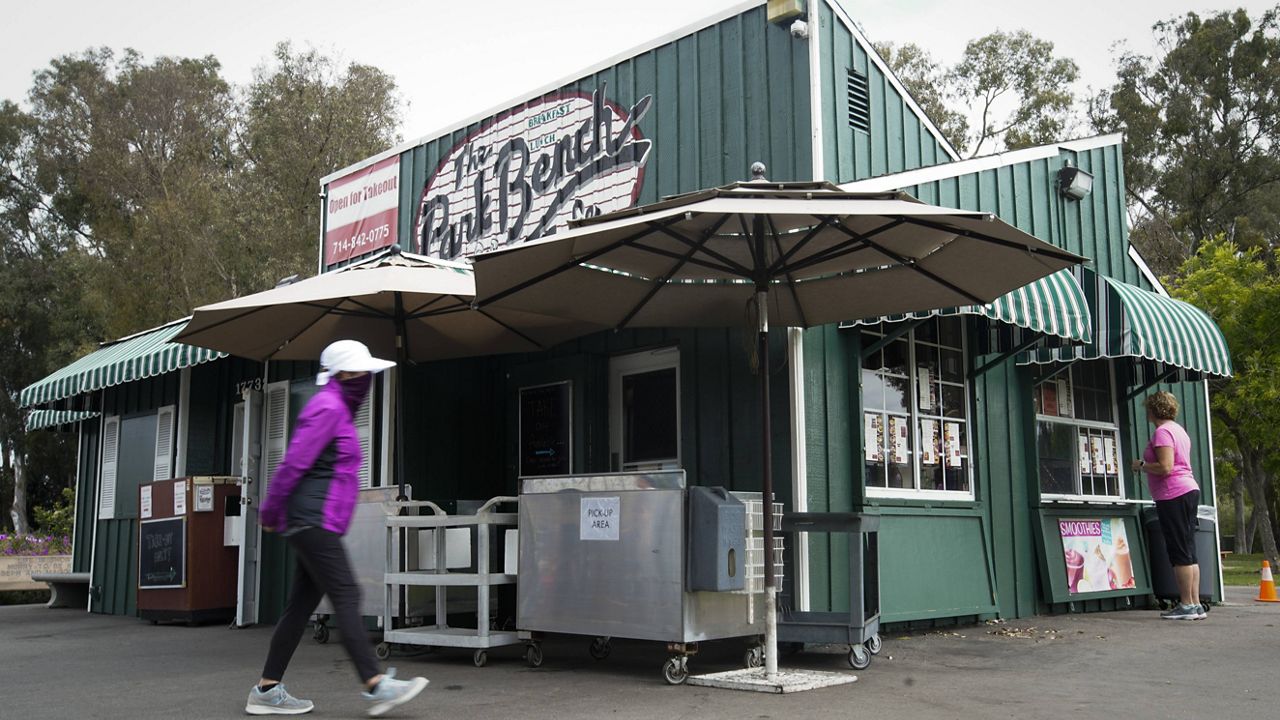SANTA ANA (CNS) — Coronavirus infections in Orange County were found to be seven times higher than previously thought, according to the results of a UC Irvine study released Wednesday.
What You Need To Know
- The study showed that the disease prevalence is about seven times greater than previously identified by positive tests
- It also showed that coronavirus infections were also greater in Latino and lower- income residents, which we knew because they had a higher positivity rate
- Some of the reasons for higher infection rates in Latino neighborhoods include higher density housing and less access to quality health care
- The study focused on adults in the county and reflected the demographics of the region
County officials hired UCI to do a serological study of a large cross- section of residents to check antibodies for COVID-19 to get a better handle on how prevalent the highly infectious disease has been in the community, according to Orange County CEO Frank Kim.
The study showed that "the disease prevalence is about seven times greater than previously identified by positive tests," Kim said. It also showed that coronavirus infections were also "greater in Latino and lower- income residents, which we knew because they had a higher positivity rate," he said.
Some of the reasons for higher infection rates in Latino neighborhoods include "higher density housing" and "less access to quality health care," Kim said. Another obstacle is fear among some Latinos of participating in any government-run programs for fear of deportation, he said.
The reluctance to get tested can help fuel the spread of the virus, particularly among those who do not show any symptoms, Kim said.
"Some don't want to submit to government testing, so if you don't test you might transmit it to a family member," he said.
Kim said officials in surrounding counties, especially in migrant communities, say it is a thorny problem.
"My peers are telling me it is a disaster because they won't come out to test even though it's free," Kim said of many migrant workers. "Some people in our community are fearful of anything involving an official branch of government. We found that out with the census, as well."
Positivity rates are determined from polymerase chain reaction, or PCR, tests, which involve a health professional using a swab of the nasal cavity and are considered the most trustworthy when determining if a patient is infected.
The accuracy of serological, or blood tests, to determine if a person has developed antibodies to COVID-19 are considered less accurate.
UCI officials sought to improve on the accuracy of blood tests by recruiting "subjects outside of a clinical setting" and by using "strategies to minize bias of recruiting mostly symptomatic cases."
The scientists also applied a technology they say has "superior sensitivity and specificity relative to what were currently available FDA- approved tests used by others" who have conducted similar serological studies, according to UCI.
The researchers also "recruited a sufficiently large sample of adults to calculate seroprevalence by race/ethnicity, age and gender, which may uncover important differences across these groups," according to UCI, and used a questionnaire "without initially disclosing an offer for an antibody test."
The study focused on adults in the county and reflected the demographics of the region. The 4,555 participants were tested at drive-thru sites from July 10 through Aug. 16. Of the subjects who participated, 65.4% showed up to provide a blood sample.
The study showed that 11.5% had antibodies for COVID-19, much higher than previous estimates of less than 2%.
Among Latinos, the rates were as high as 17% and 15% for lower-income residents.



